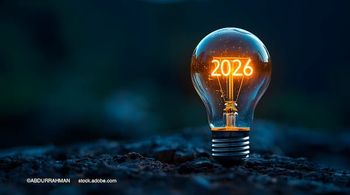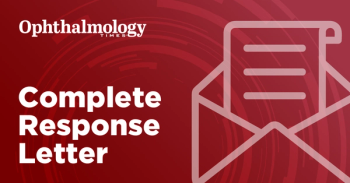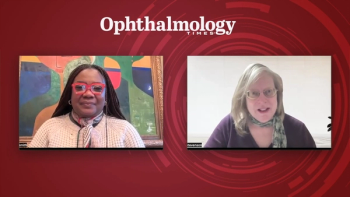
How to choose the best visual field testing strategy for neuro-ophthalmic patients
Every patient should undergo at least screening confrontation visual field testing.
Table 1 by Johnson and Keltner summarizes the seven main types of visual field loss.
In my opinion, every patient should undergo at least screening confrontation visual field testing but formal perimetry is especially recommended for patients with visual loss. Choosing the right strategy for the neuro-ophthalmic patient can be challenging and there are a number of modalities to choose from (Table 2).
The Amsler grid is a quick and useful assessment of the central 10° field. Amsler testing can detect small central or paracentral scotomas or define metamorphopsia especially in macular disorders (e.g., macular hole, epiretinal or subretinal membrane). The tangent screen is another rapid and particularly useful test and I find it particularly useful for a non-organic "tunnel" visual field that does not expand at 1-and2-m test distance.
Although becoming increasingly unavailable, the Goldmann manual perimeter is still a very powerful diagnostic tool. The strength and weakness of the test is the dependence upon an experienced field technician.
Summary The choice of visual field strategy is dependent upon both patient and visual field-related factors. The majority of neuro-ophthalmic conditions (e.g., optic neuropathies, bitemporal or homonymous hemianopsias) can be evaluated adequately by automated central testing (e.g., 24-2 or 30-2 Humphrey). Newer thresholding algorithms (e.g., Humphrey SITA) have improved the testing time and reliability.
Despite the widespread adoption of automated perimetry, there is still a role for Goldmann perimetry in patients who are unable to perform a reliable automated test, for visual field defects outside of the central 24° or 30°, and for more detailed information on the shape of a particular visual field defect.
Newsletter
Don’t miss out—get Ophthalmology Times updates on the latest clinical advancements and expert interviews, straight to your inbox.













































